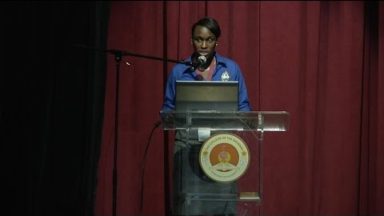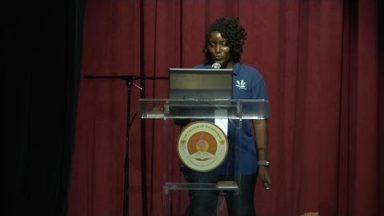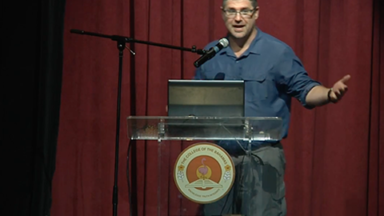Extirpation and Survival of Abaconian Birds Before and After Human Arrival
Presented by David Steadman
David Steadman, Nancy Albury, and Janet Franklyn
Using thousands of identified fossils from prehistoric sites on Abaco, we compare the rates of extinction (species-level loss), extirpation (population-level loss), and survival in birds during two crucial periods of time. The first time interval was at the end of the ice age during the Pleistocene-Holocene Transition (PHT) from about 15,000 to 9,000 years ago), long before people lived in The Bahamas. During the PHT, 17 of the 59 species of ice age birds known to have lived on Abaco (29%) did not survive. We attribute these losses to dramatic changes in climate (becoming more warm and moist), habitat (expansion of coppice at the expense of pine woodlands and grasslands), sea level (rising from -100 m to nearly modern levels), and island area (shrinking from ~17,000 km2 to 1214 km2). The next interval of considerable change in birdlife followed the first human arrival on Abaco about 900 to 1000 years ago. No longer surviving are 14 of the 37 species (38%) that we have recorded as fossils dating to the past millennium on Abaco. We believe that habitat change probably has been the primary cause of these losses. While conservation efforts typically (and rightly) focus on rare species, we should not become complacent about understanding the needs of common species that have survived many millennia of both natural and human-induced changes.







Recent Comments